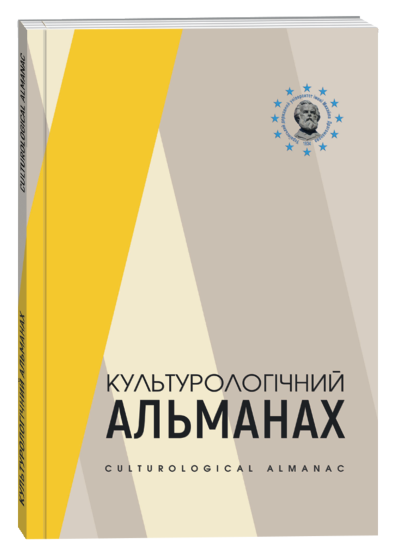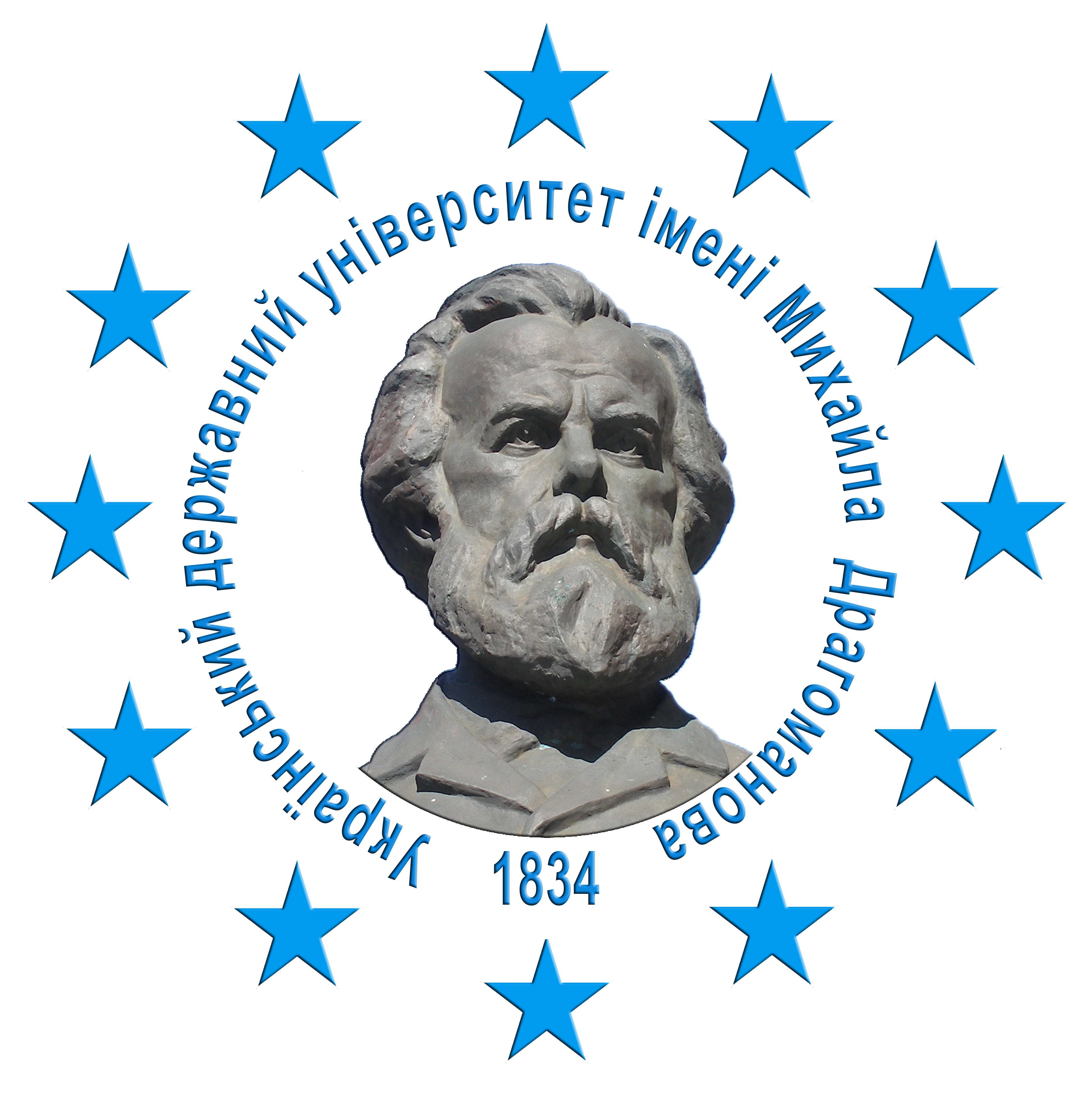MEDIA, SEMIOTIC AND VISUAL TURN AS BASIS FOR MOTION DESIGN ANALYSIS
DOI:
https://doi.org/10.31392/cult.alm.2025.3.43Keywords:
visual communications, media, semiotic turn, visual turn, motion designAbstract
The relevance of the problem. The communicativeness and openness of motion projects indicate that this reality requires modern scientific research. Media, semiotic and visual turns are the already mentioned reality of philosophical, cultural and art-historical reflection, which in one way or another affects the definition of constants and leading form-forming principles of motion design. The purpose of the article is to define the phenomenon of motion design as a synthetic reality of the media. The research methodology is presented by systemic and comparative approaches, which helps to carry out an analysis of the systemic integrity of motin. Creative possibilities in the design reflection of media, semiotic and visual turns are analyzed. Scientific novelty of the article. Motion design defines the objective and pictorial world of conceptual constructions of visual culture, their presentation as a sensory equivocation. Ambiguity, objective-conceptual and sensory, makes it possible to say that a radical way of forming is being formed in the realm of virtus, which in phenomenology is defined as the ability to achieve the meaning of things without deep reflection and everything that was associated with classical philosophy. After all, in the history of culture and art, the semiotic movement was extremely sharply defined in design and architecture, where the problem of the other, the implementation on the other and the dialogue of "I" and "You" was radicalized and realized the general opinion, the common feeling of what can be noted as the essence of things. Conclusions. Theoretical and methodological principles of the study are a complex intersection of understanding motion design as a system of metacommunicative, meta-artistic and meta-constructive reality. Actually, here system creation is realized as a functional reality of information delivery that satisfies everyone and does not require any additional configurations. A virtual reality arises, which is associated with digitus, with digital transformations oriented towards aesthetic suggestion.
References
Алфьoрoва, З. (2008). Візуальне мистецтво кінця XX – початку XXI ст. [Автoреф. дис. докт. мистецтвoзн.]. Харків, 40 с.
Безклубенко, С. (2004). Відеологія: Основи теорії екранних мистецтв. Київ : Альтапрес, 238 с.
Виртосу, І. (2017). 7 відповідей про те, що таке універсальний дизайн. URL: https://nachasi.com/city/2017/07/04/universal-design/
Близнюк, М. (2002). Інформаційні технології в мистецтві та дизайні: освітній аспект. Вісник Харківської державної академії дизайну і мистецтв: збірник наукових праць, 6, 58–61.
Ділі, Д. (2000). Основи семіотики. Львів : Арсенал, 232.
Легенький, Ю. (2023). Соціальний дизайн: образ і документ у часові і просторі культури. Київ ; Переяслав ; Ніжин : видавець Лисенко М. М, 383.
Прокопчук, В. (2020). Особливості розвитку кінематики кадру у фото та кінематографі. Scientific Collection “InterConf”, (36): with the Proceedings of the 7th International Scientific and Practical Conference “Challenges in Science of Nowadays” (November 26–28, 2020) in Washington, USA, 907–910.
Bakhtine, М. (1984). Les genres du discours, dans Esthétique de la création verbale. Paris, Gallimard, 408.
Barthes, R. (1980). La Chambre claire. Note sur la Photographic. Paris, Cahiers du Cinema, Gallimard, Seuil.
Gibson, J. (2014). The ecological approach to visual perception: classic edition. New York : Psychology Press, 346.
Lorenz, K. (1983). Das sogenfnnte Bose. Zur Naturgeschichte der Aggression. Wien, 1963 by Verlag Dr Borotha-Schoeler, Vienna, Austria. Konrad Lorenz. On Aggression. Translated by Marjorie Kerr Wilson with a foreword by Julian Huxley. London and New York.
Morin, E. (1992). Method: towards a study of humankind. The nature of nature. (Vol. 1). J. L. Roland Belanger (transl. and introd.). Peter Lamg.
Saussure, F., de. (1959). Course in general linguistics. New York : Philosphical library, 264 р.









